African Art (from my collection). Feel free to copy and use.
Organized by country, then by ethnic group.
Cameroon: 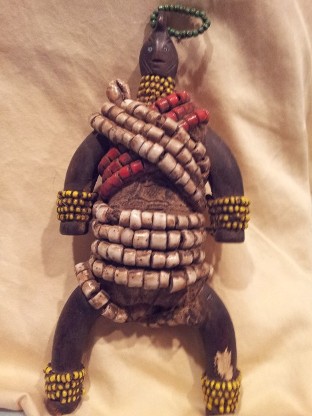
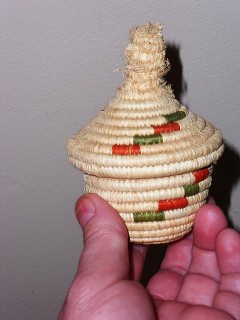
Namchi (or Namji) fertility doll Basket
Congo: Mbuti fish basket: 
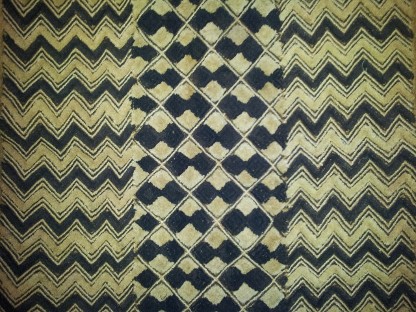
Kuba cloth
|
The Meaning of Kuba Cloth
African Kuba cloth is just starting to become popular in the United States. Using the leaf of the raffia tree, the Kuba people of the Congo first hand cut, and then weave the strips of leaf to make pieces of fabric, often called raffia cloth. There are several different sub groups of the Kuba people. Each group has different and unique ways to make the fabric. Some make it thicker, longer, shorter, or with different patches. Each patch is symbolic and many times a piece has many different meanings. When Kuba cloth originated there were probably no patches used, but as the cloth is brittle it is quite likely that the patches were used to repair the frequent tears. Later each patch developed a meaning, many patterns are uniquely arranged to tell a story.
|
To see how mud cloth is made: http://africaimports.com/kuba-cloth.asp
Ethiopia: head rest-Omoro, Tigre and Amhara: 
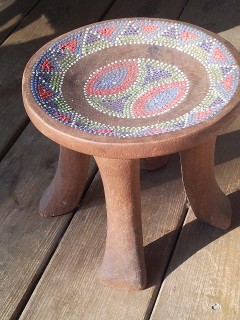

Stool Injera baskets (staple food)
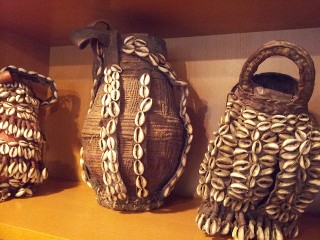
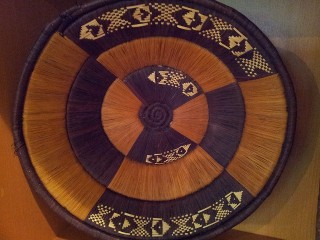
Milk jugs made of gourds and cowry shells Basket
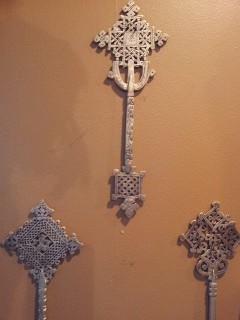
 Orthodox crosses
Orthodox crosses
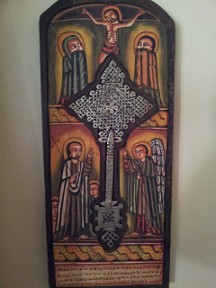
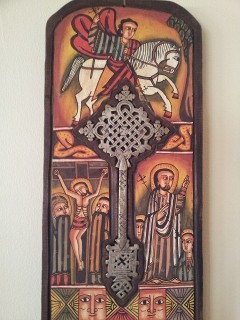

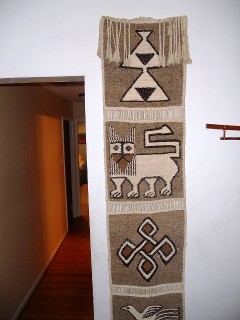

Wall hanging with Ethiopian symbols

Krar; guitar-like instrument
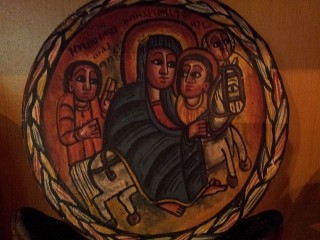

Orthodox Christian art Basket, headrest, painting
Gabon: mask 
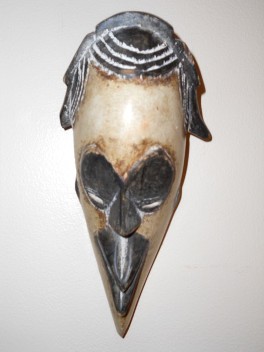
Fang mask
Pumu mask 
Ghana: Ashanti fertility doll 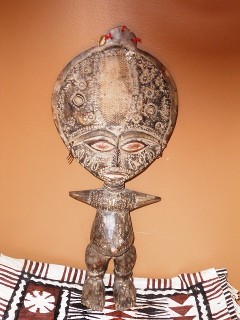
Ashanti stool 
Ivory Coast (Cote d'ivoire) and Liberia - Dan masks: 


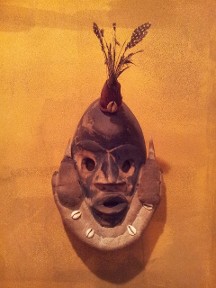
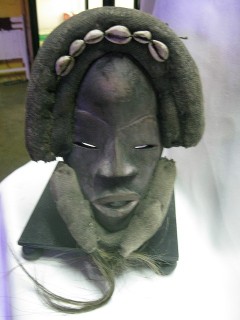
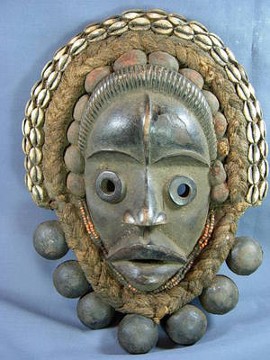
The Dan masks were used during initiation ceremonies. These types of masks are made and worn exclusively, by male dancers. Dan masks are unique and only carved by initiated members of the male Poro society. The mask served to protect the young initiate against destructive or evil forces from the time of initiation, till he one day enters the spirit realm. The
Dan people classify surroundings into two realms - the village with all inhabitants (human realm), and the forest (bon) (spirit realm) where the spirits reign, and wild animals roam freely. The forest is regarded as sacred, and crossing the boundary between the human realm, and the spirit realm, may only be done by saying a prayer and wearing materials from both worlds. This creates a link between the two realms. The mask depicted above is a perfect example of the materials.
Once the male mask dancer dons the mask, he is transformed into a spirit. The mask dancer goes into a deep trance during rituals and brings forth messages of wisdom from his forebears. The messages is inaudible and in uncontrollable utters, a wise man accompany the dancer during the ritual and translates the messages. The messages are often words of great wisdom, prescribing a way of life that will lead to longevity, health and prosperity.
The cowrie shells not only represent a decorative function, but also indicate that the sprits have blessed the young initiate with wealth. (In the past cowrie shells was used as money). The feathers signify beauty and the ability to take flight if danger arises. An important feature of initiation masks is that ears are not represented.
This Dan mask measures 14" in height by 10" at width.
Materials: wood, cowrie shells, 7 brass bells.
Kenya: Masai necklace 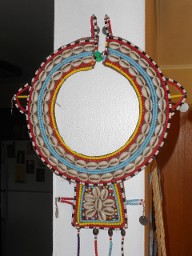
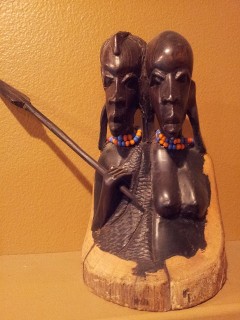 Ebony Wood Carving
Ebony Wood Carving

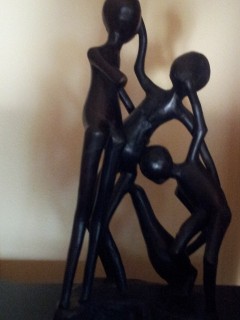
Family trees (ebony)
Masai warrior carving 
Mali- Dogon door 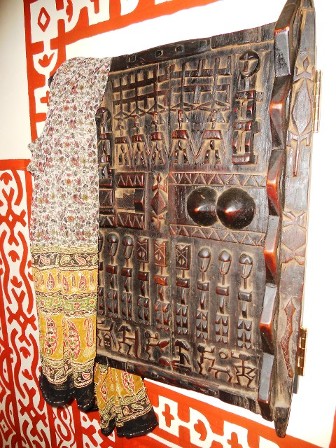
Bambara mask 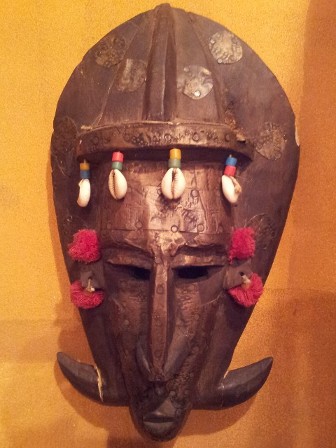
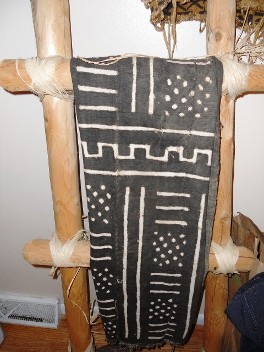

Mud cloth Mud cloth
Nigeria: Igbo hat 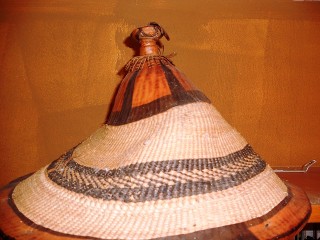
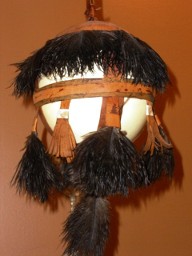
Igbo ostrich egg hanging

Benin lost wax bronze kings and queen
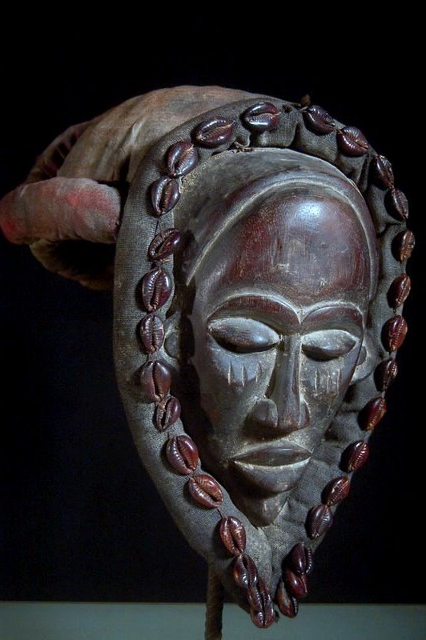 Igbo mask (Igbo is one of the three main ethnic groups)
Igbo mask (Igbo is one of the three main ethnic groups)
Old and Rare Tribal used African Head mask from Igbo, Nigeria.
Hand carved from a single piece of wood, with color pigments head or Cap.
Height: 30 cm and more than 45 years old.
Living mainly in the forested areas of south-west Nigeria, on both sides of the Niger River the Igbo number some ten million individuals. Mainly farmers and merchants, they also hunt and fish. They are subdivided into thirty-three subgroups and are spread out among about two hundred villages scattered through the thick forest or semi-fertile marshland. Only on the northern and western edges of the area, under influence from Igala and Benin, are hereditary rulers found. The heads of families form the council of elders, which shares its power with numerous secret societies. These societies exercise great political and social influence. They are highly hierarchical, their members passing from one level to the next. There is strong social pressure toward individual distinction, and men can move upward through successive grades by demonstrating their achievements and their generosity.
The lack of overall centralization among the Igbo-speaking peoples has been conducive to the development of a great variety of art styles and cultural practices. The earliest sculpture known from Igboland is from the village of Ibo Ukwu, where the grave of a man of distinction and a ritual store, dating from the 9th century AD, contained both chased copper objects and elaborate castings of leaded bronze. Ibo sculpture is subject to rather strict rules: the figures are generally frontal, symmetrical, and upright, with legs slightly spread, arms held away from the body, and hands stretched forward, palms open. Proportions are true to those of the human body, with the exception of the neck, which is more elongated. The whole gives the impression of balance and stability yet lacks the degree of refinement and precision. The altar statues called ikenga are sculpted from hard wood. They include a pair of horns, identified as the horns of a ram who “fights with his head” – hence is symbolic of aggression and perseverance. Since the ram rarely fights, he therefore symbolizes self-control and determination to the Igbo. The statue is scarified to reflect the status of its owner. Young men acquire an ikenga at various ages, but they all own one of them by the time they get married and settle down. The large ikenga belong to whole communities, age groups, or lineages. They are characterized by complex hairdos, which, again, use the theme of horns. These statues are displayed during ceremonies and strengthen the sense of community solidarity. The alusi figures are the protective divinities associated with elements of nature (the rivers, the earth) or social elements (markets, ancestors). They are gathered in sanctuaries on the model of familial Igbo groups, and – in the hairstyles, the scarring, and the ornaments – they present the status symbols of influential people. There is a recurrent element in the palms of the hands, turned one to the other to indicate frankness, the openness to giving and receiving, the relationship of reciprocity that exists between men and gods.
The Igbo use thousands of masks, which incarnate unspecified spirits of the dead, forming a vast community of souls. The outstanding characteristic of the many Igbo masks is that they are painted chalk white, the color of the spirit. Masked dancers wore extremely elaborate costumes (sometimes ornamented with mirrors) and often their feet and hands were covered. With their masks, the Igbo oppose beauty to bestiality, the feminine to the masculine, black to white. The masks, of wood or fabric, are employed in a variety of dramas: social satires, sacred rituals (for ancestors and invocation of the gods), initiation, second burials, and public festivals, which now include Christmas and Independence Day. Some masks appear at only one festival, but the majority appear at many or all. Best known are those of the Northern Ibo mmo society, which represent the spirits of deceased maidens and their mothers with masks symbolizing beauty. Among the Southern Ibo, the ekpe society, introduced from the Cross River area, uses contrasting masks to represent the maiden spirit and the elephant spirit, the latter representing ugliness and aggression and the former representing beauty and peacefulness. A similar contrast is found in their okorosia masks, which correspond to the mmo of the Northern Ibo. The Eastern Ibo are best known for masquerades associated with the harvest festival, in which the forms of the masks are determined by tradition, though the content of the play varies from year to year. Stock characters include Mbeke, the European; Mkpi, the he-goat; and Mba, which appear in pairs, one representing a boy dressed as a girl mimicking the behavior of a girl, the other representing the girl being satirized.
South Africa: Zulu  wedding apron
wedding apron
Zulu doll 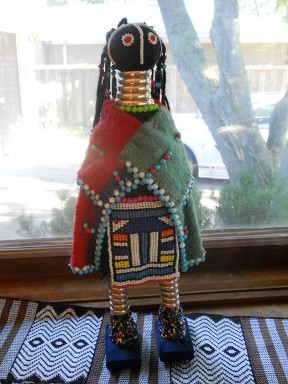
Tanzania: Ebony nativity scene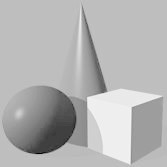
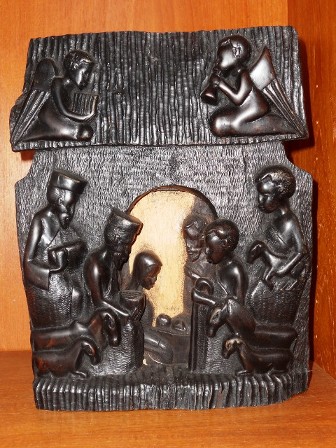
 Wood carvings
Wood carvings
Zambia: Ebony sculptures
Zimbabwe: Shona sculpture 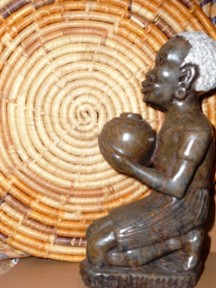

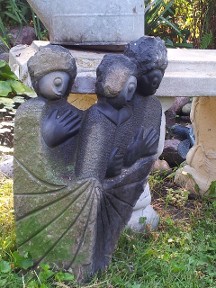
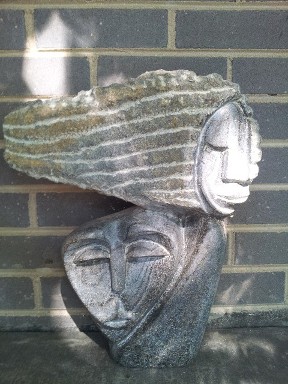
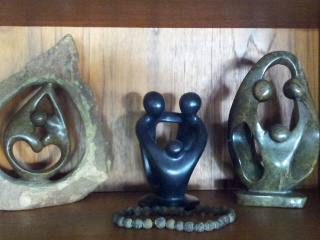
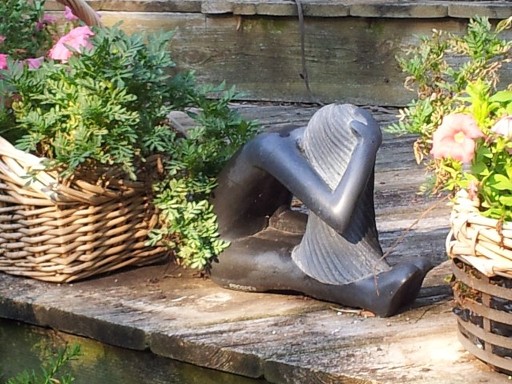



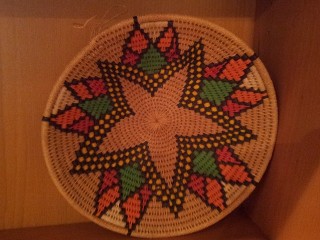
Ostrich feathers, for traditional Telephone (wire) basket
healer's head piece